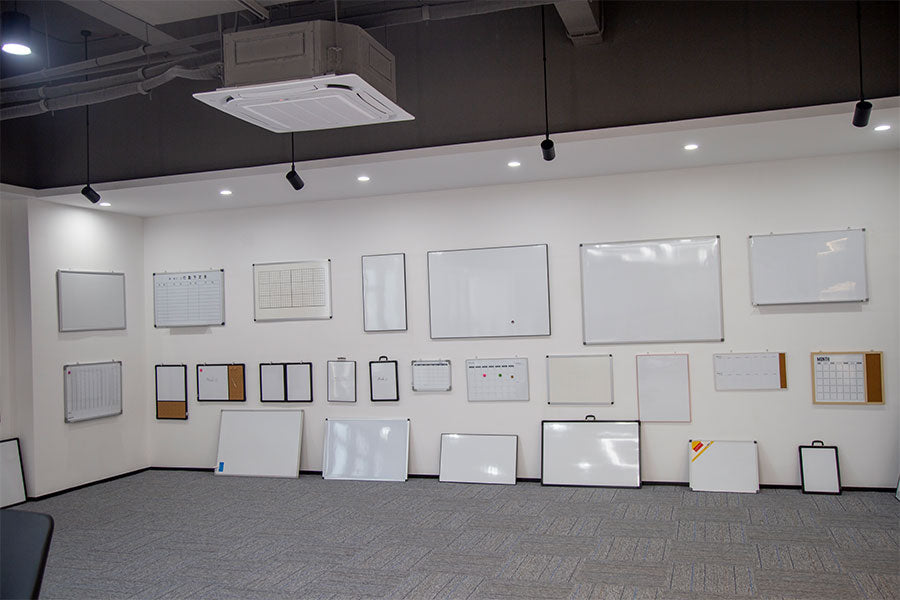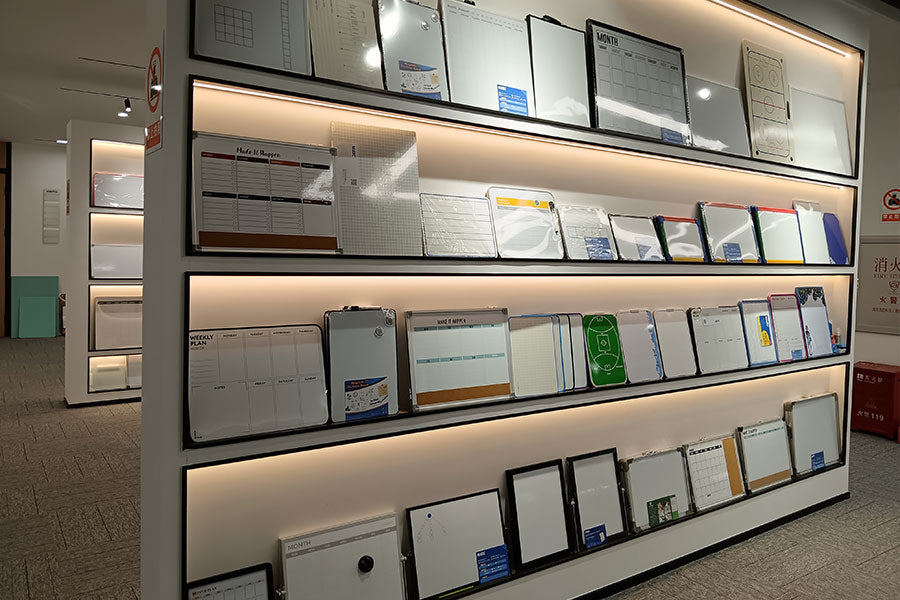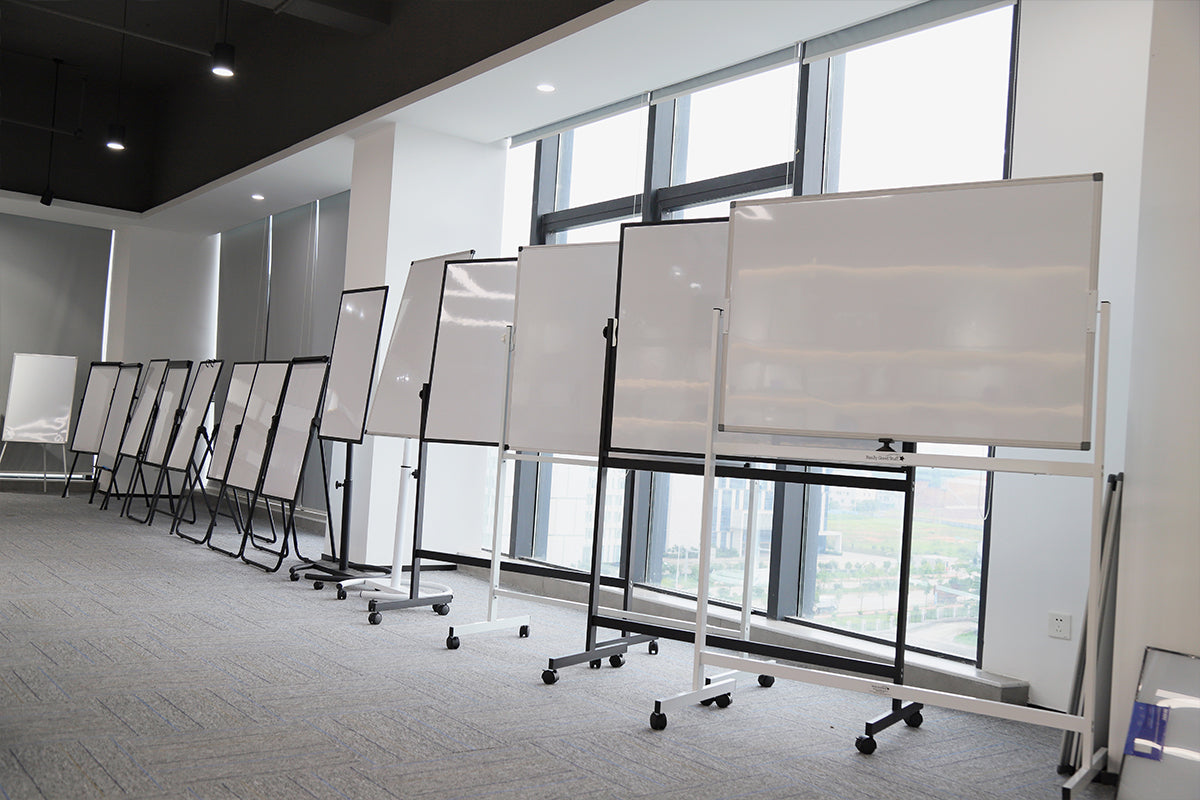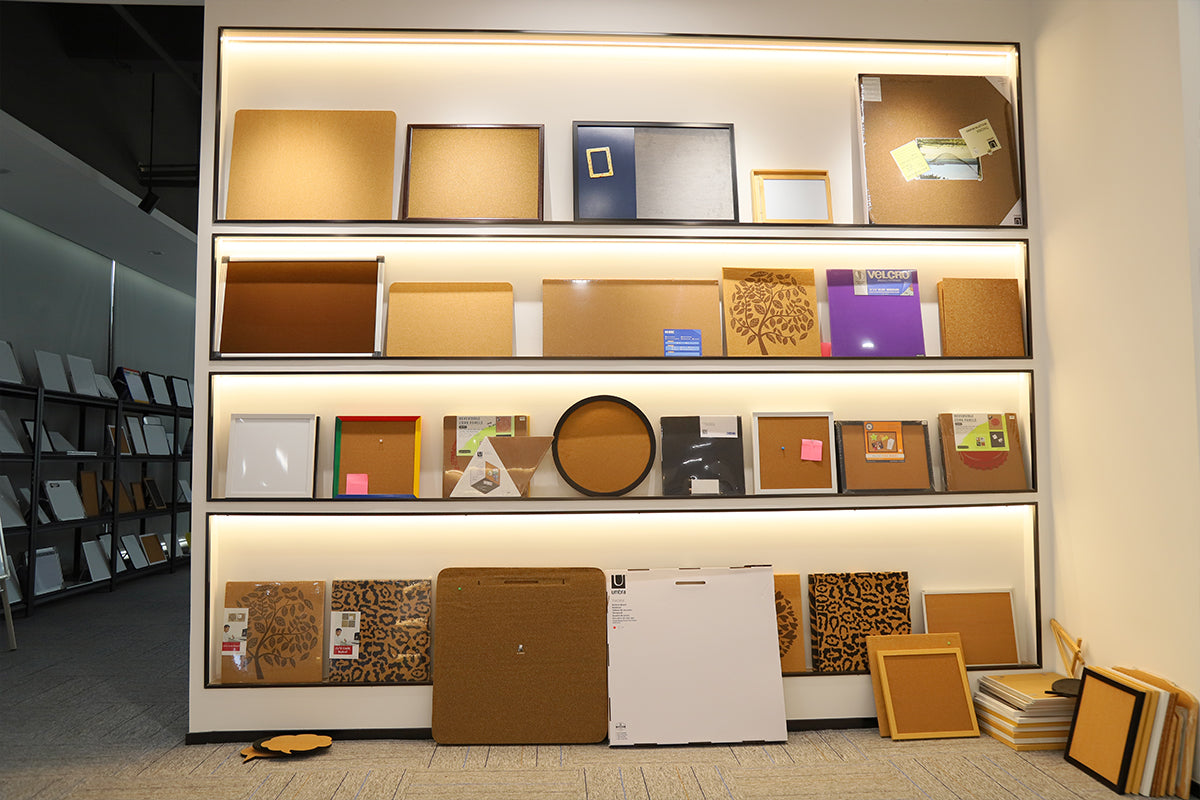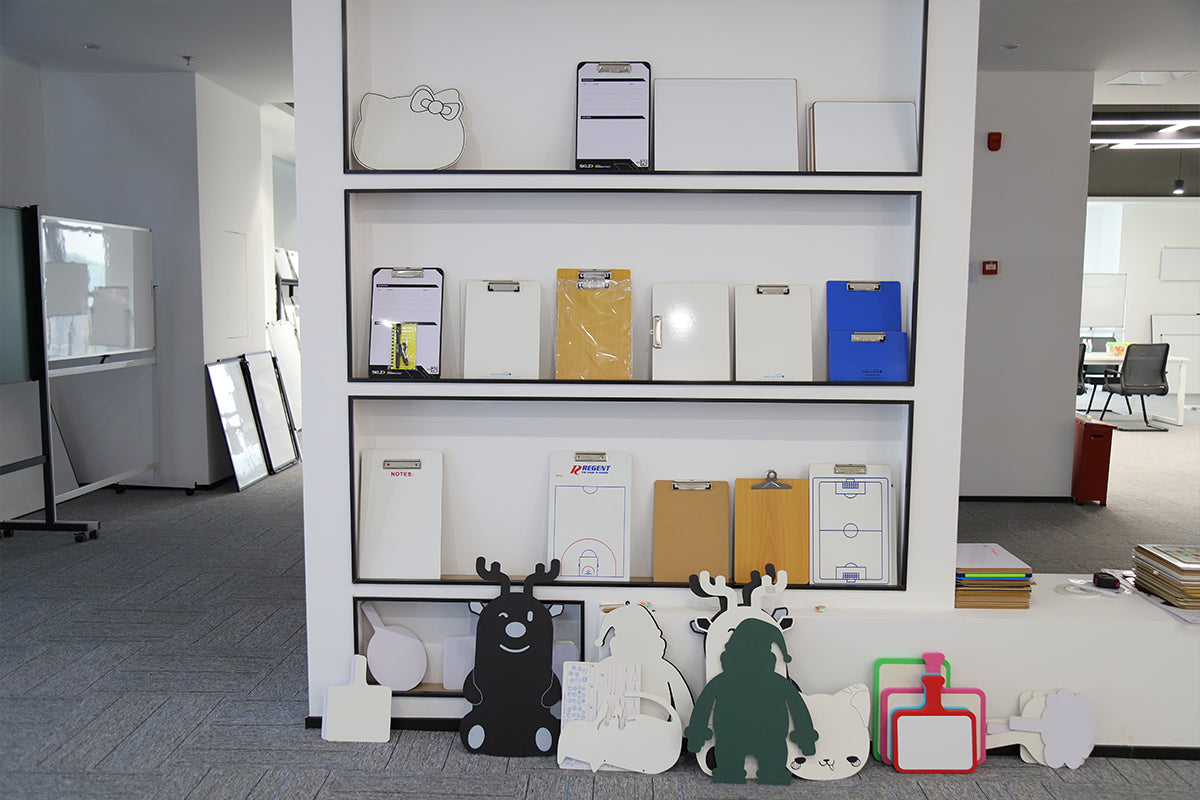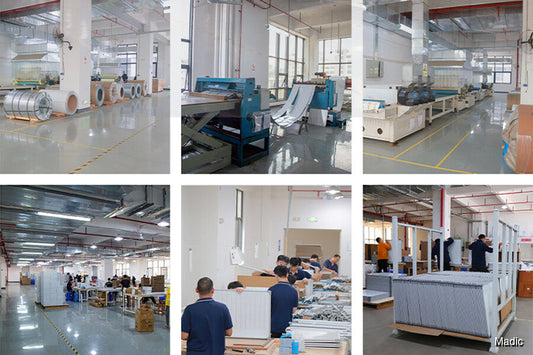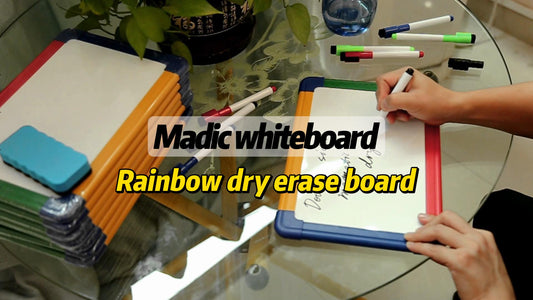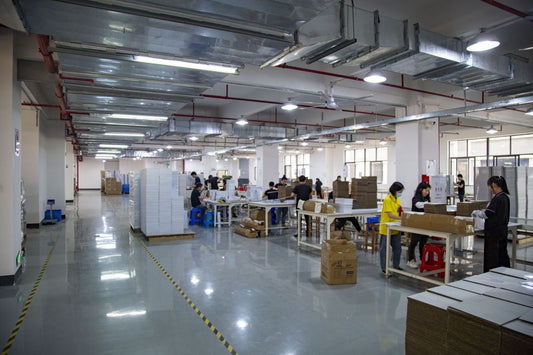Experts introduce the production process of whiteboard paper
Whiteboard paper is a type of paperboard that is white and smooth on the front and often grey on the back. This paperboard is mainly used for making paper boxes for packaging after single-sided color printing, or for designing and making handicrafts.
Whiteboard paper refers to a paper product with a thickness between paper and paperboard, good texture, stiffness, and smoothness, with a basis weight between 250-400g/m2. Whiteboard paper is divided into three layers, with the surface and bottom layers mainly made of bleached chemical pulp, and the middle layer made of pulp and pulp slurry.
Whiteboard paper belongs to the category of packaging paperboard. It is a processed paperboard that is coated with white paint on the original paperboard and then finished. Its basis weight is generally above 200g/m2, and its thickness is above 0.1mm. It is mainly used for making packaging boxes after single-sided color printing.
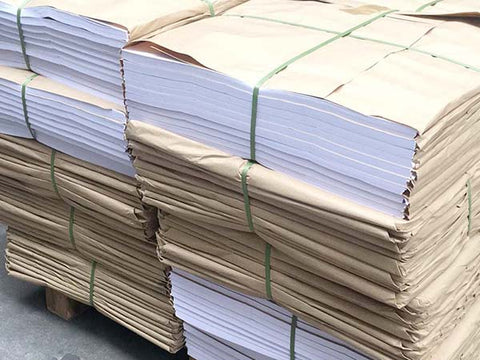
I. Types of whiteboard paper
Whiteboard paper is divided into three grades: A, B, and C, according to different quality levels. When choosing, several aspects such as product type, specifications, and quality level should be considered.
A-grade whiteboard paper: The surface uses bleached chemical wood pulp, and the core and bottom layers use sulfate wood pulp, mechanical wood pulp, and high-quality waste paper. It has good folding resistance and is used to produce small paper boxes.
B-grade whiteboard paper: The surface uses bleached chemical wood pulp or high-quality white waste paper, and the core and bottom layers use waste paper pulp.
C-grade whiteboard paper: It uses lower-grade raw materials than B-grade whiteboard paper and is no longer produced.
II. Structure of whiteboard paper
Whiteboard paper is composed of a second coating layer, a surface layer, a core layer, a bottom layer, and a first or second coating layer. Layers 1 and 5 are coating layers, which improve the whiteness and printing effect of whiteboard paper. Layers 2 and 4 are sulfate wood pulp, mechanical wood pulp, and deinked waste newspaper pulp, which maintain the strength and whiteness of whiteboard paper. Layer 3 is a mixture of waste newspaper pulp, waste magazine, and waste corrugated board pulp, which increases the thickness of whiteboard paper, reduces the cost of whiteboard paper, and improves the ink absorption of whiteboard paper.
III. Performance characteristics of whiteboard paper
The coating surface of whiteboard paper has high whiteness, good smoothness, ink absorption, and printing gloss. The paperboard itself has good stiffness and folding resistance, so it can perform high-quality color offset and gravure printing and meet packaging requirements. It is a high-quality material for producing mid-to-high-end commodity packaging boxes.
IV. Technical requirements for whiteboard paper
1. High strength. High strength is the basic performance that packaging materials should have.
2. Good processing performance.
3. Good printing adaptability. It is suitable for various printing methods such as offset printing and gravure printing.
4. Lightweight with appropriate cushioning. Whiteboard paper has these characteristics, which are very beneficial for protecting contents and improving transportation performance.

